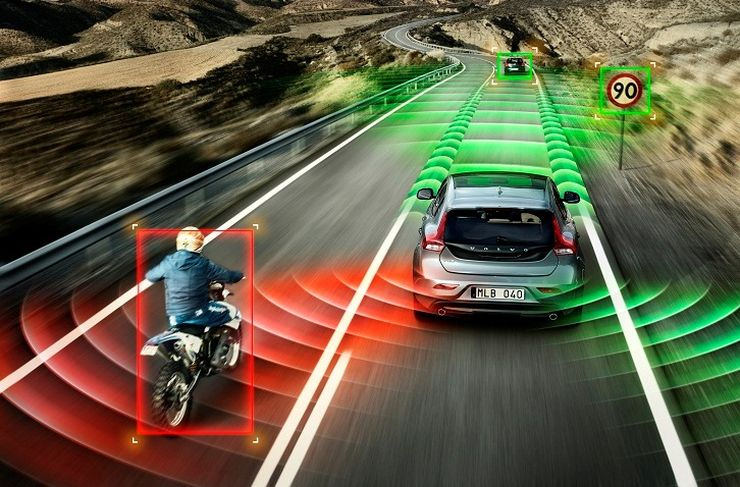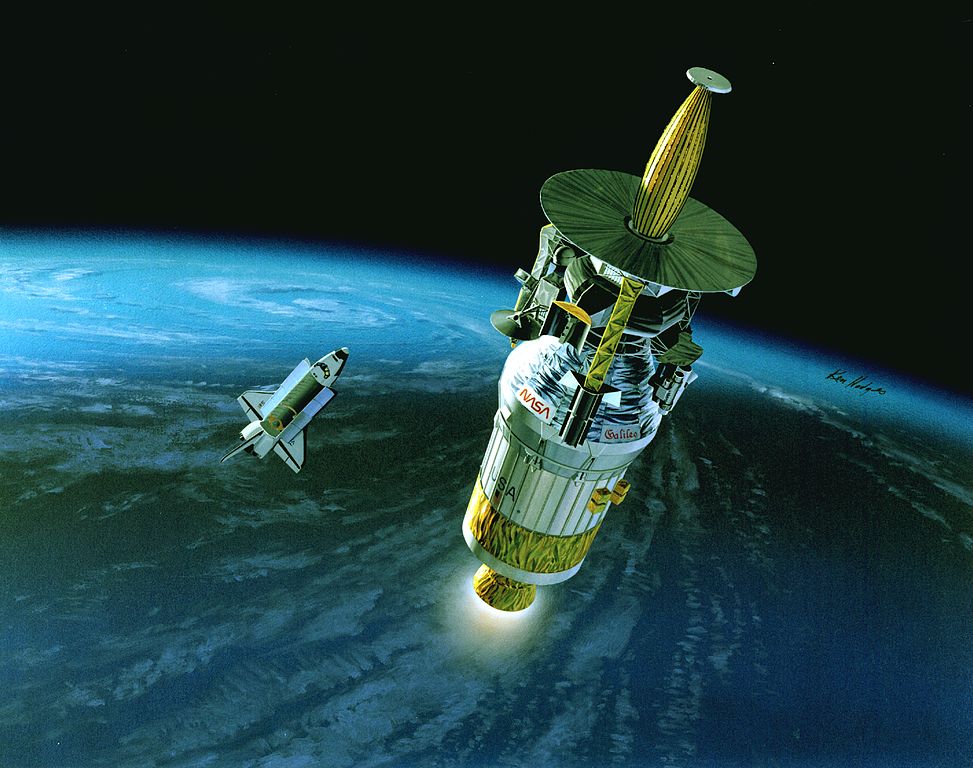
European GNSS Agency builds engine for self-driving cars
Recent year was a breakthrough for the satellite navigation in Europe and the whole world. With the launch of Galileo, Europe become GNSS-independent but even more importantly its high accuracy opened doors for new possibilities.
And we did not have to wait long… Last week the European Global Navigation Satellite Systems Agency (GSA) revealed an ambitious project for self-driving cars that could be a BIG STEP for the automotive industry. The European GNSS Agency will develop a new positioning engine that will be based on Galileo and EGNOS (regional satellite-based augmentation system). As GSA Head of Market Development Gian Gherardo Calini said “For the first time, an E-GNSS engine will provide an integrity-focused, safety-critical positioning system that fully integrates GNSS, on-board sensors, cameras and maps”.
I believe that the project might really be a game changer as the positioning accuracy is a key for autonomous cars. Today the GPS accuracy of several meters is not enough to provide lane level positioning information and it has to be supported with lidar or camera based solutions which is no cost efficient. Of course these sensors are still needed to detect obstacles on the road but having real-time centimeter level accuracy significantly changes the hardware requirements and makes the process much simpler.
The new engine should be available to the public within three years. We will update you on the progress.
Did you like the article? Read more and subscribe to our monthly newsletter!








